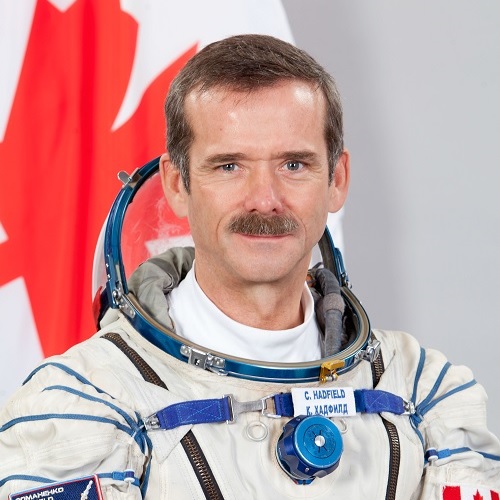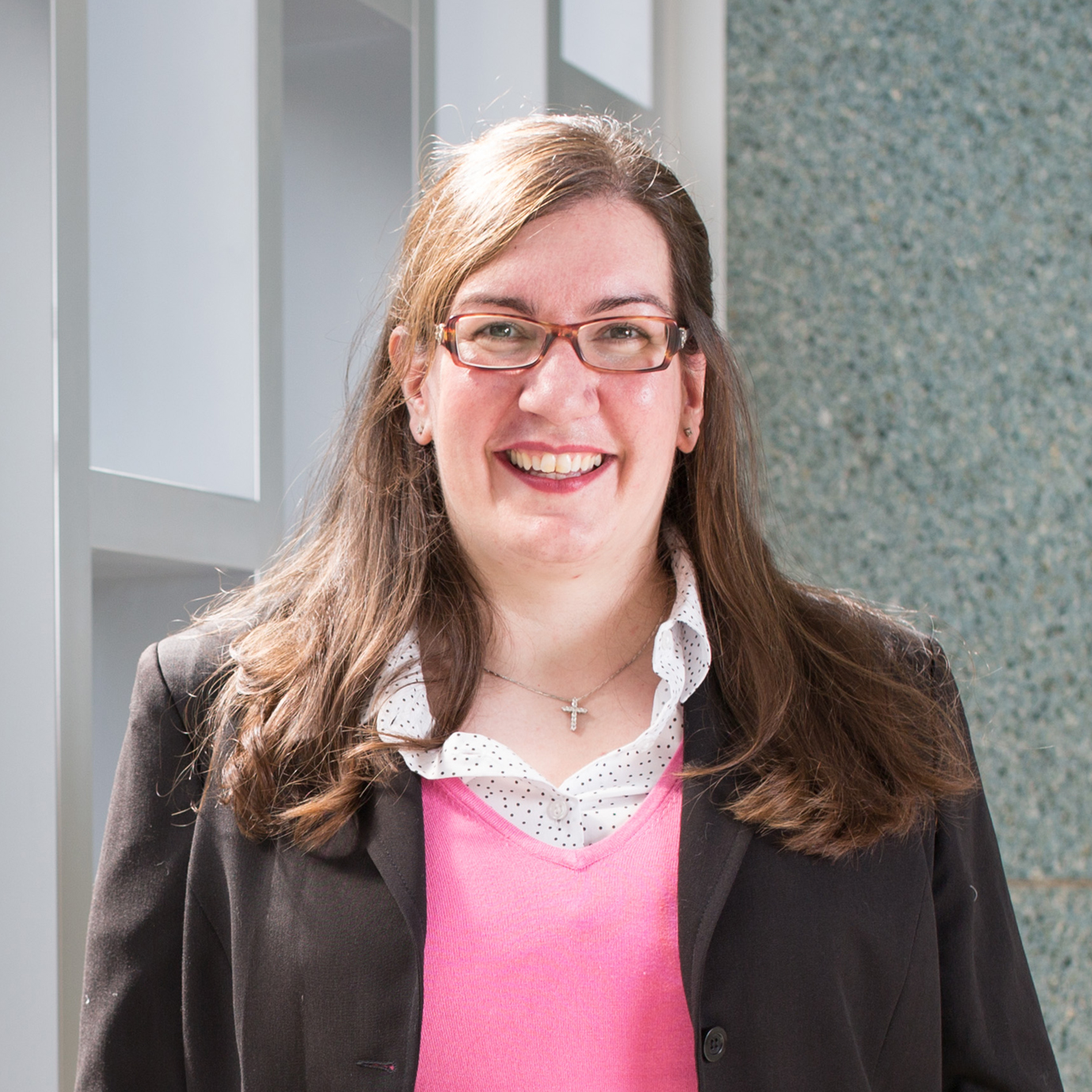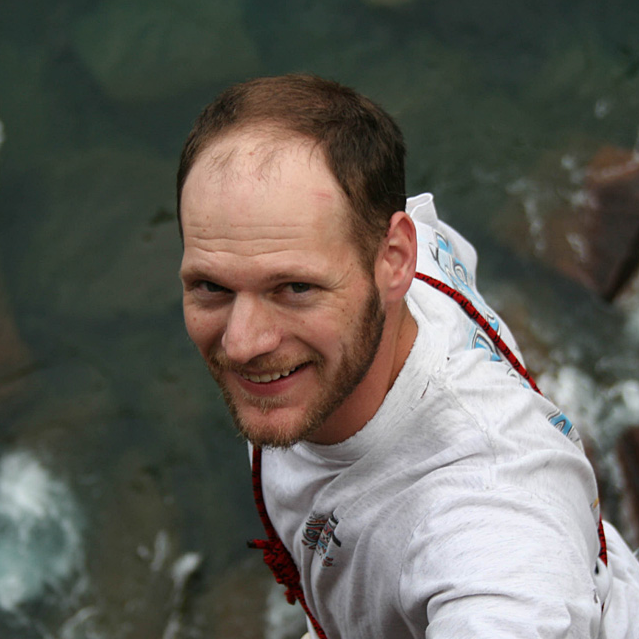Integrated Human Practices
Below is a detailed list of the experts we spoke to while we were developing our constructs and process, the feedback they gave us, and specific areas of our project we integrated the feedback into.

Mission Control















COL. CHRIS HADFIELD
Profession: AstronautCanadian Space Agency
We received advice from Col. Chris Hadfield (and his dog, Albert) regarding the feasibility of our project on Mars, its integration into current endeavours and research into space exploration, and what we could do to improve our project's design to satisfy these key concerns. Chris reminded us that the "prime directive" to any space mission is the safety and survival of the crew. In addition, he provided us with insight regarding important policies and regulations to consider as we moved forward with our project. This included treaties and agreements released by the United Nations Committee on the Peaceful Uses of Outer Space (COPUOS).

DR. ROBERT THIRSK
Profession: AstronautCanadian Space Agency
The team met with Chancellor Robert Thirsk and discussed the demand for on-site manufacturing and recycling of solid human waste on Mars. Dr. Thirsk also provided us with advice regarding ways to improve our project's design while considering key issues commonly dealt with during space missions. One of the key issues that we discussed were In-Flight Maintenance Requirements, keeping in mind that any machine that is brought up and used in space should be one that can be easily repaired by crew members.

DR. MATTHEW BAMSEY
Profession: Chief Systems EngineerGerman Aerospace Center
Dr. Matthew Bamsey provided us with ESM: Basic information on the Equivalent System Mass documents. We used this information to compare different life support systems as we considered how to improve our project's design. Matt also directed us to Dr. Nicole Buckley of the Canadian Space Agency to gather more information to support the biological side of our project.

DR. NICOLE BUCKLEY
Profession: MicrobiologistCanadian Space Agency

DR. PASCAL LEE
Profession: Principal Investigator of the Haughton-Mars ProjectNASA Ames Research Center
Lorem ipsum dolor sit amet, eu neque ultricies sem primis id dignissim. Et vitae pellentesque enim varius, ligula nascetur sem laoreet eget, luctus quis vitae hendrerit, uonummy. Vivamus in, per congue, molestie fringilla nibh ut rutrum leo vestibulum, risus vitae sit cras etiam leo, egestas exercitationem mi ipsum. Nunc quam vitae elit vitae libero, integer libero velit, in sit felis cursus. Tincidunt amet orci etiam nam, nec ultricies, ipsum porta sed, rerum leo sit ut, est magna. Vulputate ut nostra quis tortor, sit metus nec aliquam nec

DEREK THOMAS
Profession:Made in Space
We discussed our project with Derek Thomas from Made In Space, a company that developed the 3D printer currently in use on the International Space Station. Derek commented on the current uses of the 3D printer on the ISS, which include producing tools and other small items to assist with everyday operations. Having the capability to manufacture items on hand will be especially important on Mars because longer mission duration and distance will make it challenging to transport necessary materials. Derek also identified safety as one of the most important factors to consider when designing systems for space applications. When considering the use of PHB on Mars, Derek advised analyzing flammability, gassing characteristics, and other physical properties to identify the most suitable applications for our product. He suggested considering post-processing to obtain any desired characteristics that are lacking in pure PHB. Regarding materials that can be used to build the system itself, his advice was to first identify the desired requirements and operating conditions. Lastly, Derek commented on the use of Selective Laser Sintering (SLS) 3D printer. Although he does not foresee major concerns with the use of SLS 3D printer on Mars, controlling the powder at Mars' gravity might be more challenging. Additionally, exposure to lower atmospheric pressure has the potential to cause problems.

DR. NASHAAT NASSAR
Profession: Associate ProfessorUniversity of Calgary
Lorem ipsum dolor sit amet, eu neque ultricies sem primis id dignissim. Et vitae pellentesque enim varius, ligula nascetur sem laoreet eget, luctus quis vitae hendrerit, uonummy. Vivamus in, per congue, molestie fringilla nibh ut rutrum leo vestibulum, risus vitae sit cras etiam leo, egestas exercitationem mi ipsum. Nunc quam vitae elit vitae libero, integer libero velit, in sit felis cursus. Tincidunt amet orci etiam nam, nec ultricies, ipsum porta sed, rerum leo sit ut, est magna. Vulputate ut nostra quis tortor, sit metus nec aliquam nec

DR. SUI LAM WONG
Profession: ProfessorUniversity of Calgary
Lorem ipsum dolor sit amet, eu neque ultricies sem primis id dignissim. Et vitae pellentesque enim varius, ligula nascetur sem laoreet eget, luctus quis vitae hendrerit, uonummy. Vivamus in, per congue, molestie fringilla nibh ut rutrum leo vestibulum, risus vitae sit cras etiam leo, egestas exercitationem mi ipsum. Nunc quam vitae elit vitae libero, integer libero velit, in sit felis cursus. Tincidunt amet orci etiam nam, nec ultricies, ipsum porta sed, rerum leo sit ut, est magna. Vulputate ut nostra quis tortor, sit metus nec aliquam nec

DR. ISABELLE BARRETTE-NG
Profession: Senior InstructorUniversity of Calgary
Dr. Barrette-Ng offered to help our team troubleshoot bacterial transformation protocols. She also attended and provided feedback during our aGEM and iGEM Presentation meetings.

DR. ELKE LOHMEIER-VOGEL
Profession: Senior InstructorUniversity of Calgary
Dr. L-V was a regular attendee of our lab meetings wherein she provided us with insight regarding bacterial transformation and other experiments. She also attended and provided feedback during our aGEM and iGEM Presentation meetings.

JUSTIN MACCALLUM
Profession:WHERE THEY WORK
Lorem ipsum dolor sit amet, eu neque ultricies sem primis id dignissim. Et vitae pellentesque enim varius, ligula nascetur sem laoreet eget, luctus quis vitae hendrerit, uonummy. Vivamus in, per congue, molestie fringilla nibh ut rutrum leo vestibulum, risus vitae sit cras etiam leo, egestas exercitationem mi ipsum. Nunc quam vitae elit vitae libero, integer libero velit, in sit felis cursus. Tincidunt amet orci etiam nam, nec ultricies, ipsum porta sed, rerum leo sit ut, est magna. Vulputate ut nostra quis tortor, sit metus nec aliquam nec

BRUCE RAMSAY
Profession:Polyferm
He encouraged us to pursue a lysis or secretion system due to its novelty, however cautioned that the final separation process is the most inefficient. Focusing on the increasing the final yield would be important from a marketing perspective.Currently there is not a high demand for bioplastics due to the cost of their porduction. Most medium chain polymers are used by businesses for experimentation, but not for large scale production. This information prompted our team to look towards which applications might benefit most from being able to produce plastic. We immediately thought of space, as the high cost of shipping materials would make a process that could produce plastic on site an attractive proposition. Furthermore, the ISS already uses 3D Printers so our product could be used to create useful materials for astronauts.

IAN LEWIS
Profession:WHERE THEY WORK
Lorem ipsum dolor sit amet, eu neque ultricies sem primis id dignissim. Et vitae pellentesque enim varius, ligula nascetur sem laoreet eget, luctus quis vitae hendrerit, uonummy. Vivamus in, per congue, molestie fringilla nibh ut rutrum leo vestibulum, risus vitae sit cras etiam leo, egestas exercitationem mi ipsum. Nunc quam vitae elit vitae libero, integer libero velit, in sit felis cursus. Tincidunt amet orci etiam nam, nec ultricies, ipsum porta sed, rerum leo sit ut, est magna. Vulputate ut nostra quis tortor, sit metus nec aliquam nec

JASON DE KONInG
Profession:WHERE THEY WORK
Lorem ipsum dolor sit amet, eu neque ultricies sem primis id dignissim. Et vitae pellentesque enim varius, ligula nascetur sem laoreet eget, luctus quis vitae hendrerit, uonummy. Vivamus in, per congue, molestie fringilla nibh ut rutrum leo vestibulum, risus vitae sit cras etiam leo, egestas exercitationem mi ipsum. Nunc quam vitae elit vitae libero, integer libero velit, in sit felis cursus. Tincidunt amet orci etiam nam, nec ultricies, ipsum porta sed, rerum leo sit ut, est magna. Vulputate ut nostra quis tortor, sit metus nec aliquam nec

SAURABH JYOTI SARMA
Profession:WHERE THEY WORK
Lorem ipsum dolor sit amet, eu neque ultricies sem primis id dignissim. Et vitae pellentesque enim varius, ligula nascetur sem laoreet eget, luctus quis vitae hendrerit, uonummy. Vivamus in, per congue, molestie fringilla nibh ut rutrum leo vestibulum, risus vitae sit cras etiam leo, egestas exercitationem mi ipsum. Nunc quam vitae elit vitae libero, integer libero velit, in sit felis cursus. Tincidunt amet orci etiam nam, nec ultricies, ipsum porta sed, rerum leo sit ut, est magna. Vulputate ut nostra quis tortor, sit metus nec aliquam nec

CAROL NELSON
Profession:WHERE THEY WORK
Told us that leachate from industrial landfills have little to no organic content, which is not applicable to our project, however, the leachate from municipal landfills enters wastewater treatment plants and so would be safe to use as we feedstock. Currently, leachates with hazardous chemicals and metals enter deep well injections which are very cheap. If we applied our PHB production to landfills, they would have to compete with deep well injections, which due to the current low demand of PHB plastics might not be worth it from an economic perspective. Because of this information, we chose not to pursue a landfill leachate application at this time.






